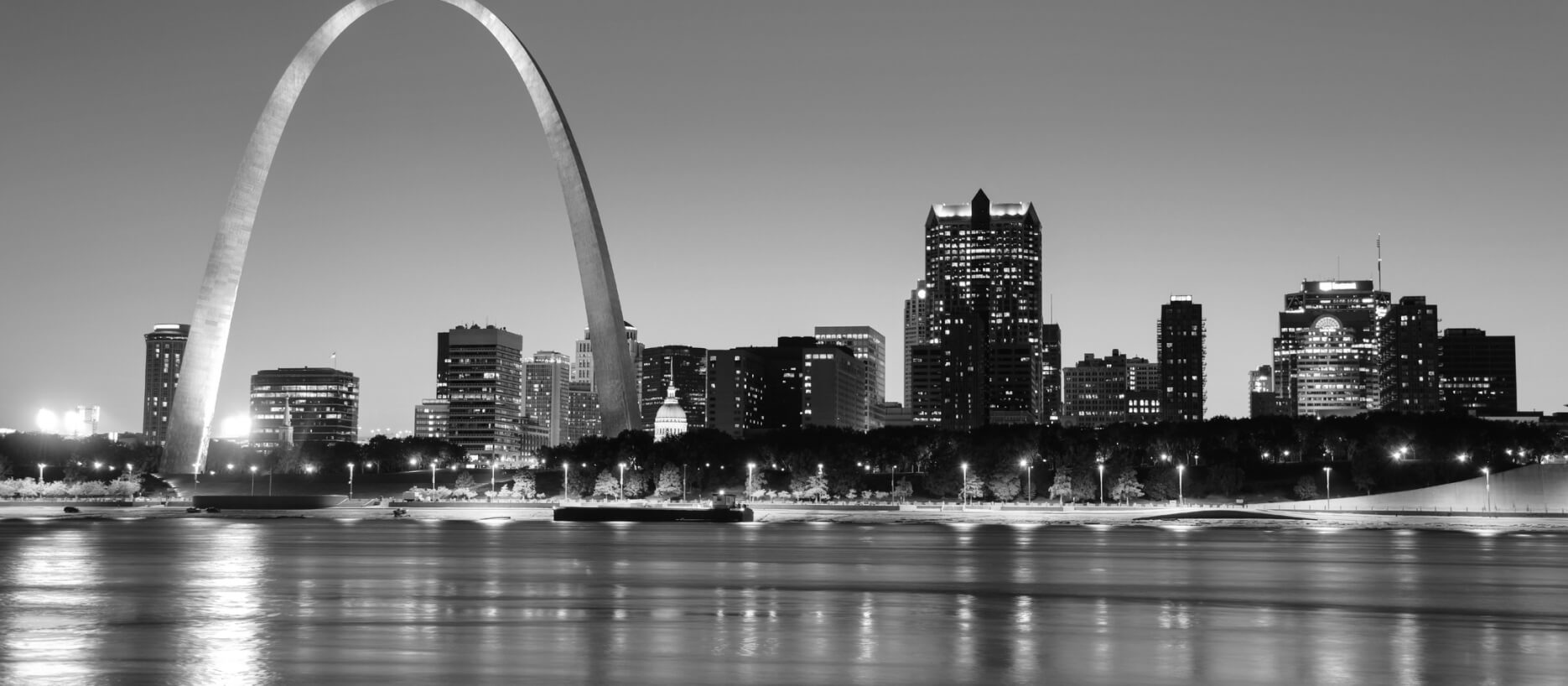Rhinoplasty (nose surgery) is a plastic surgery procedure that can adjust the size, shape, slope and symmetry of the nose. As the central feature of the face, your nose can dramatically affect the overall appearance of your face and its shape and balance.
If you are unhappy with your nose, whether it is an issue with the bridge, tip, nostrils or septum, rhinoplasty may be the solution you’re looking for.
Rhinoplasty can correct the following common nasal issues:
Humps or Indentations on the Nasal Bridge
Humps and indentations on the nasal bridge can form due to cartilage and bone irregularities. These irregularities are often passed down through genetics and are a cosmetic concern rather than a health or functional issue. People with an irregularly sloped or elevated bridge are often self-conscious of how their side profile looks.
Rhinoplasty can reduce humps and fill indentations on the nose to create a smoother, straighter shape along the nasal bridge.
A Wide or Narrow Nasal Bridge
When your nasal bridge is wide, it can create the appearance of an overly large nose. A low nasal bridge can also cause your nose to appear wide. Conversely, while many people desire a smaller bridge, a nasal bridge that is too narrow can make your face look gaunt, and some patients complain that their nose resembles a skeleton’s.
With nose surgery, the cartilage and bone can be shaved down if your nasal bridge is too wide. Cartilage grafts can be added to the sides of the nose to add to a narrow bridge.
A Bulbous, Pointed or Drooping Nasal Tip
Your nasal tip has a significant impact on the overall appearance of your nose and the balance it creates with the rest of your facial features. If you have a bulbous nasal tip, it can give your nose a round dome shape. Too much projection of the nasal tip and sharp edges can create a pointed nasal tip. A drooping nasal tip can extend past the edge of the nose and hang over the upper lip, making the nose appear elongated.
Rhinoplasty can adjust your nasal tip to address any of these concerns by refining and restructuring the cartilage and bone of the nose.
Wide or Flared Nostrils
While some people’s nostrils flare when they’re mad, irritated or sick, others have permanently wide or flared nostrils. These pronounced nostrils are typically genetic and can make the nose appear large.
If wide nostrils are the only nasal issue you’d like corrected, your rhinoplasty procedure may be less invasive compared to when adjustments to the bridge and internal structures are needed. A small incision along the base of the columella (the strip of tissue between the nostrils) can be used to thin the muscles that may be causing permanently flared nostrils. Wide nostrils can be addressed during rhinoplasty with an incision on the outer edge of the nostrils that is used to reshape the nostrils and make them smaller.
A Wide or Narrow Base of the Nose
If the base of your nose is too wide or too narrow, it can make your whole nose appear too large or too thin. A wide nasal base can also result when the nasal tip lacks definition and appears pushed inward, making the nose look flat and wide.
Rhinoplasty can address these issues by removing or adding fat on the sides of the nose, inserting cartilage grafts for improved tip definition and removing or adding a wedge of tissue where the nostrils and cheeks meet.
An Overall Large or Small Nose
Some or all of the structures of your nose may be smaller or larger than you’d like. An overly large nose can take over your face and be the main feature people see initially. An overly small nose can make other facial features appear too prominent or large.
If you’re bothered by the size of your nose, rhinoplasty can shave down cartilage and bone to make it smaller or use cartilage grafts to augment it.
Nasal Asymmetry
If your nose projection is crooked or one nostril is larger than or lopsided compared to the other, this can create asymmetry that detracts from the overall balance and harmony of your facial features. Nasal asymmetry of the bridge often occurs as a result of an injury where the nose does not heal straight. Nostril asymmetries are often hereditary.
Rhinoplasty can adjust numerous aspects of the nose to make it straighter and more symmetrical, improving the proportions and harmony of your face.
A Deviated Nasal Septum
Your nasal septum is the thin bone and cartilage in the middle of the nose that separates the left and right nostrils. A deviated septum means this tissue is crooked and displaced to one side of the nose. This condition can result from nasal injury or trauma, but it can also develop naturally as the nose grows and matures. A deviated septum can block the nasal airway on that side and lead to difficulties breathing. If left untreated, it can result in obstructive sleep apnea, a serious condition that can lead to significant health risks.
Septoplasty for a Deviated Septum
The procedure designed to correct a deviated septum is technically known as septoplasty, and it is commonly performed during cosmetic rhinoplasty when needed. During septoplasty, the cartilage and bone of the septum are reshaped and repositioned. Some septal tissue may be removed if needed to straighten the septum.
Unsatisfactory Results From a Previous Rhinoplasty
If you’re not happy with the results of your primary rhinoplasty, a secondary rhinoplasty (known as revision rhinoplasty) can be performed. In some cases, the initial procedure may not have corrected the issues the patient wanted to be resolved. In other situations, the nose may not have healed correctly after the primary rhinoplasty, which may cause additional cosmetic or breathing concerns that require correction.
Learn Whether Rhinoplasty in St. Louis Is Right for Your Nasal Concerns
To schedule your rhinoplasty consultation and find out if it can fix your nasal concerns, contact Ridenour Plastic Surgery in St. Louis at 314-501-7946 today. Dr. Brock D. Ridenour, our board-certified facial plastic surgeon, can evaluate you and your nasal tissues to determine if nose surgery is right for you.



